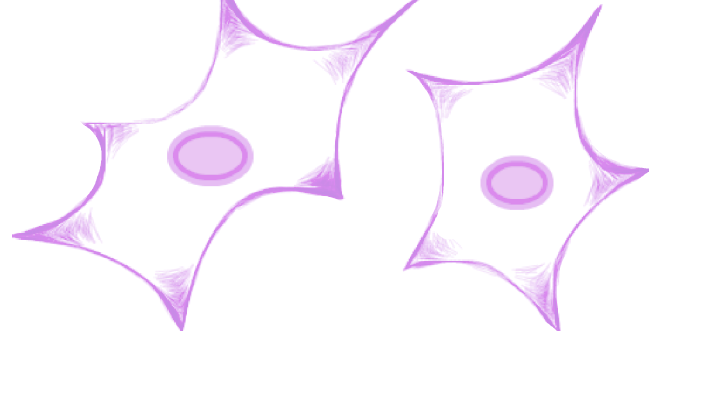Cell Senescence Entries for ASPH
- Cell Types
- Liver cancer
- Cell Lines
- FOCUS, Hep G2, Huh7
- Cancer Cell?
- Yes
- Method
- Knockdown
- Type of senescence
- Unclear
- Senescence Effect
- Inhibits
- Primary Reference
- Iwagami et al. (2016) Aspartate β-hydroxylase modulates cellular senescence through glycogen synthase kinase 3β in hepatocellular carcinoma. Hepatology 63(4)1213-26 (PubMed)
ASPH Gene Information
- HGNC symbol
- ASPH
- Aliases
- BAH; CASQ2BP1; HAAH; JCTN
- Common name
- aspartate beta-hydroxylase
- Entrez Id
- 444
- Description
- This gene is thought to play an important role in calcium homeostasis. The gene is expressed from two promoters and undergoes extensive alternative splicing. The encoded set of proteins share varying amounts of overlap near their N-termini but have substantial variations in their C-terminal domains resulting in distinct functional properties. The longest isoforms (a and f) include a C-terminal Aspartyl/Asparaginyl beta-hydroxylase domain that hydroxylates aspartic acid or asparagine residues in the epidermal growth factor (EGF)-like domains of some proteins, including protein C, coagulation factors VII, IX, and X, and the complement factors C1R and C1S. Other isoforms differ primarily in the C-terminal sequence and lack the hydroxylase domain, and some have been localized to the endoplasmic and sarcoplasmic reticulum. Some of these isoforms are found in complexes with calsequestrin, triadin, and the ryanodine receptor, and have been shown to regulate calcium release from the sarcoplasmic reticulum. Some isoforms have been implicated in metastasis. [provided by RefSeq, Sep 2009].
ASPH Ontologies
- Gene Ontology
-
Process: GO:18193; peptidyl-amino acid modification
GO:42264; peptidyl-aspartic acid hydroxylation
GO:22900; electron transport chain
GO:6936; muscle contraction
GO:7389; pattern specification process
GO:8285; negative regulation of cell population proliferation
GO:31647; regulation of protein stability
GO:35108; limb morphogenesis
GO:45862; positive regulation of proteolysis
GO:60021; roof of mouth development
GO:60325; face morphogenesis
And 18 more GO terms Cellular component: GO:16020; membrane
GO:16021; integral component of membrane
GO:5783; endoplasmic reticulum
GO:5789; endoplasmic reticulum membrane
GO:5886; plasma membrane
GO:16529; sarcoplasmic reticulum
GO:33017; sarcoplasmic reticulum membrane
GO:32541; cortical endoplasmic reticulum
GO:5737; cytoplasm
GO:30176; integral component of endoplasmic reticulum membrane
GO:14701; junctional sarcoplasmic reticulum membrane
And 3 more GO terms
Show all GO termsFunction: GO:46872; metal ion binding
GO:16491; oxidoreductase activity
GO:5509; calcium ion binding
GO:51213; dioxygenase activity
GO:5515; protein binding
GO:62101; peptidyl-aspartic acid 3-dioxygenase activity
GO:5198; structural molecule activity
GO:9055; electron transfer activity
GO:8307; structural constituent of muscle
GO:44325; transmembrane transporter binding
Homologs of ASPH in Model Organisms
- Caenorhabditis elegans
- CELE_K09A9.6
- Danio rerio
- LOC559236
- Drosophila melanogaster
- Asph
- Mus musculus
- Asph
External links
- OMIM
- 600582
- Ensembl
- ENSG00000198363
- Entrez Gene
- 444
- UniGene
- 332422
- 1000 Genomes
- 1000 Genomes
- HPRD
- GenAtlas
- ASPH
- GeneCards
- ASPH
